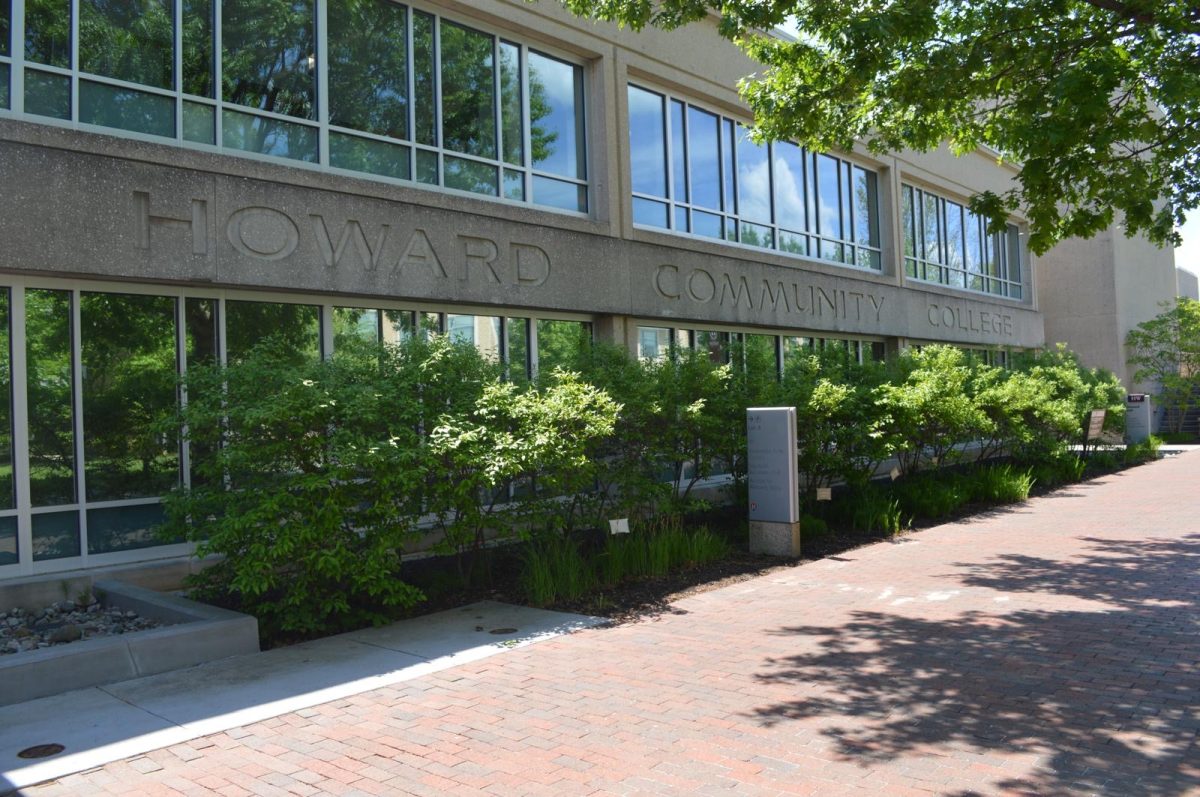In Defense of Barefooting
Artistic graphic of a pair bare feet in a blue background.
October 19, 2022
A lot of people are afraid of sanitary and safety concerns with walking barefoot, but they may want to reconsider. Today I will debunk some of these myths, courtesy of the Society for Barefoot Living.
MYTH: We need shoes for support.
People survived for extended periods without wearing shoes. People who walk barefoot regularly have stronger, healthier feet than those who wear shoes. The human foot, a wonder of nature, can sustain a great deal of weight without the use of mechanical aid. Shoes, on the other hand, weaken the foot and prevent regular walking. Furthermore, many shoe styles cause both short-term and long-term foot damage. However, shoes can cause difficulties that are not restricted to the feet. Shoes modify how we walk and can be detrimental to how our legs function. The Society for Barefoot Living states that several barefooters have experienced dramatic improvements in knee and hip issues and discomfort after adopting a barefoot lifestyle over the years.
MYTH: You’ll get sick if you go barefoot.
This one is just silly. You catch a cold by becoming infected with the associated virus, either by breathing it or by touching an infected surface with your hand and then touching your nose, eyes, or mouth. According to WebMD, getting cold or wet does not make you sick. Several factors increase your chances of getting a cold, such as being excessively exhausted, experiencing mental discomfort, or having allergies with nose and throat symptoms.
Another similar myth is that bare feet spread illnesses. Germs do not leap from foot to other items or humans. Feet typically contact just the ground or floor and represent no more risk of germ transmission than shoes. Hands represent the highest danger of germ transmission since they come into contact with sick surfaces and subsequently touch other objects, people, or even food. Fungi cannot grow or even exist in dry, fresh air and sunlight, as they do in athlete’s foot. For them to grow, they require a warm, wet, dark environment, such as the inside of shoes. As a result, people who always go barefoot may have a reduced risk of fungal infection.
MYTH: Feet smell bad.
Surprising, right? The reality is that feet do not create odor on their own. However, feet do contain numerous sweat glands, and if feet are kept in confined, heated, and dark surroundings, such as within a shoe, particular bacteria that break down perspiration have a chance to flourish and cause foot odor (bromodosis). Footwear exposed to open air, on the other hand, does not allow these germs to flourish, and hence does not produce the distinctive stench. According to an article from HowStuffWorks, Why do feet stink? by Maria Trimarchi, “Apocrine glands are found near hair follicles. The sweat they secrete—a yellowish, thick fluid—happens in response to stress. Body odor is the byproduct of bacteria on your skin digesting the sweat produced by apocrine glands. But there are no apocrine glands on your feet.” An accompanying video supports this:
If you want to wear shoes and don’t want to worry about stinky feet at the end of the day, there is a solution. Trimarchi says in a separate article Are there antiperspirants for our feet?, “Antiperspirants that contain high levels of aluminum-based compounds, such as aluminum chloride and aluminum chloride hexahydrate, are not always effective but do offer many patients some relief. Formulas with concentrations of 20% to 40% are typically used for the soles of the feet compared to the 15% to 20% concentrations prescribed for other affected areas of the body.”
MYTH: Feet are unattractive and should be covered.
Foot deformities (corns, bunions, hammer toes) and diseases, such as athlete’s foot and toenail fungus are common in feet that are constantly strapped or covered in shoes. Healthy feet, on the other hand, should not annoy anyone. If you are worried about people seeing your bare feet, check out this article on minimalist “barefoot” shoes.
MYTH: Going barefoot in businesses and restaurants is prohibited. Furthermore, companies prohibit bare feet due to the danger of liability.
Most retailers do not. They don’t have to. Businesses that do frequently make the error of assuming that a health regulation or liability risk necessitates the wearing of shoes, or even shirts and shoes. In the United States, no state health regulation compels customers to wear footwear. Also, with very few exceptions, no municipal or federal regulations mandate people to wear shoes in public. A private firm may establish its dress code, including the necessity of shoes, but this has no bearing on any legislation, health code, or insurance obligation. The Society for Barefoot Living has some advice for dealing with businesses that do enforce such policies.
- Attempt to discuss the situation with store management, emphasizing that our bare feet are our responsibility.
- Just leave, and find another store that’s willing to take our money and treat us with more respect.
- Put on shoes if we have them available somewhere.
HCC does not currently have a dress code in place. However, it is important to know when it is okay to let your feet go free. For instance, if you are in a lab, it is best to wear shoes. In addition, if a professor says that you need to come in wearing shoes for a specific reason, it is most likely regarding liability and safety.
If you want to know more about the benefits of being barefoot, you can browse this blog about barefoot advocacy. A video has even more myths about being barefoot if you are interested.







